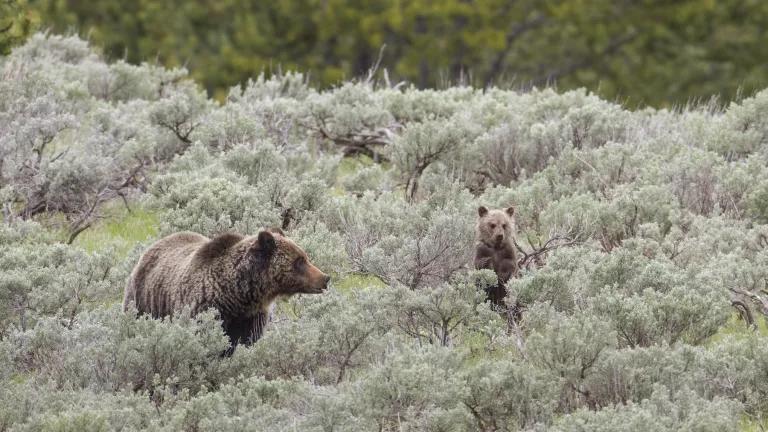
Protecting endangered wildlife shouldn’t have to mean putting human lives in danger.
Two weeks ago, in the Democratic Republic of Congo’s Garamba Wildlife Park, armed elephant poachers killed three rangers and seriously wounded two others. Last year in Garamba, there were eight deaths at the hands of poachers, who seem as willing to slaughter people as they are to slaughter the elephants whose tusks end up on the illegal ivory market.
One week ago, in Kenya, hundreds gathered in Nairobi National Park to watch officials burn hundreds of tons of ivory and rhino horn valued at $172 million. All of it had been taken from animals that had been killed in Kenyan parks — despite the increased presence of armed personnel, including British soldiers who had been brought in to help train Kenyan rangers how to combat poachers by means of direct action. In a speech, President Uhuru Kenyatta called elephants “an iconic symbol” of Kenya, noting that central Africa has lost as much as 70 percent of its elephant population over the past decade.
At NRDC, we often talk about the need for “strong federal protection” of our wildlife and natural resources. Most people assume we’re talking about regulations and public policies that will carry with them the force of law. And for the most part, that’s exactly what we are talking about. But if the thought of gun-toting soldiers nodding at you and your family during your next vacation seems far-fetched enough to make you say, “That could never happen here,” you should know that it has happened here.
While nearly every American is aware of the majestic place known as Yellowstone National Park, what many don’t know is that for a number of years it was actually under military control — for precisely the same reasons that parks like Garamba now find themselves in dire need of armed protection.
In the decades leading up to the turn of the 20th century, Yellowstone was routinely ravaged by hordes of vandals, squatters, loggers — and poachers. Bison in the Great Plains had once numbered in the tens of millions; by 1872, the year Yellowstone was designated a national park, only about a thousand remained inside its borders.
With the threat of extirpation looming, the U.S. Army brought in troops to protect the bison population and Yellowstone’s other resources in 1886. Under taxing (and, in the winter months, grueling) conditions, soldiers patrolled the park on foot, horseback, and skis — guarding geysers, putting out fires, expelling squatters, and arresting poachers. A number of these cavalrymen died during their deployment, some as victims of the harsh elements, others at the hands of lawless trespassers.
On April 26, three days after the tragedy in Garamba National Park, the U.S. House of Representatives passed the National Bison Legacy Act, officially declaring the bison America’s national mammal. The U.S. Senate passed the legislation a few days later. Upon its expected signing by President Obama, the new law will place the bison — once on the brink of extirpation, now in the midst of an astounding comeback — on par with the bald eagle as an enduring symbol of the American spirit.
Every country deserves to have an iconic species, one worth fighting for. In the future, we should all hope that the governments fighting for these and other species will have to use only fountain pens — not guns.



